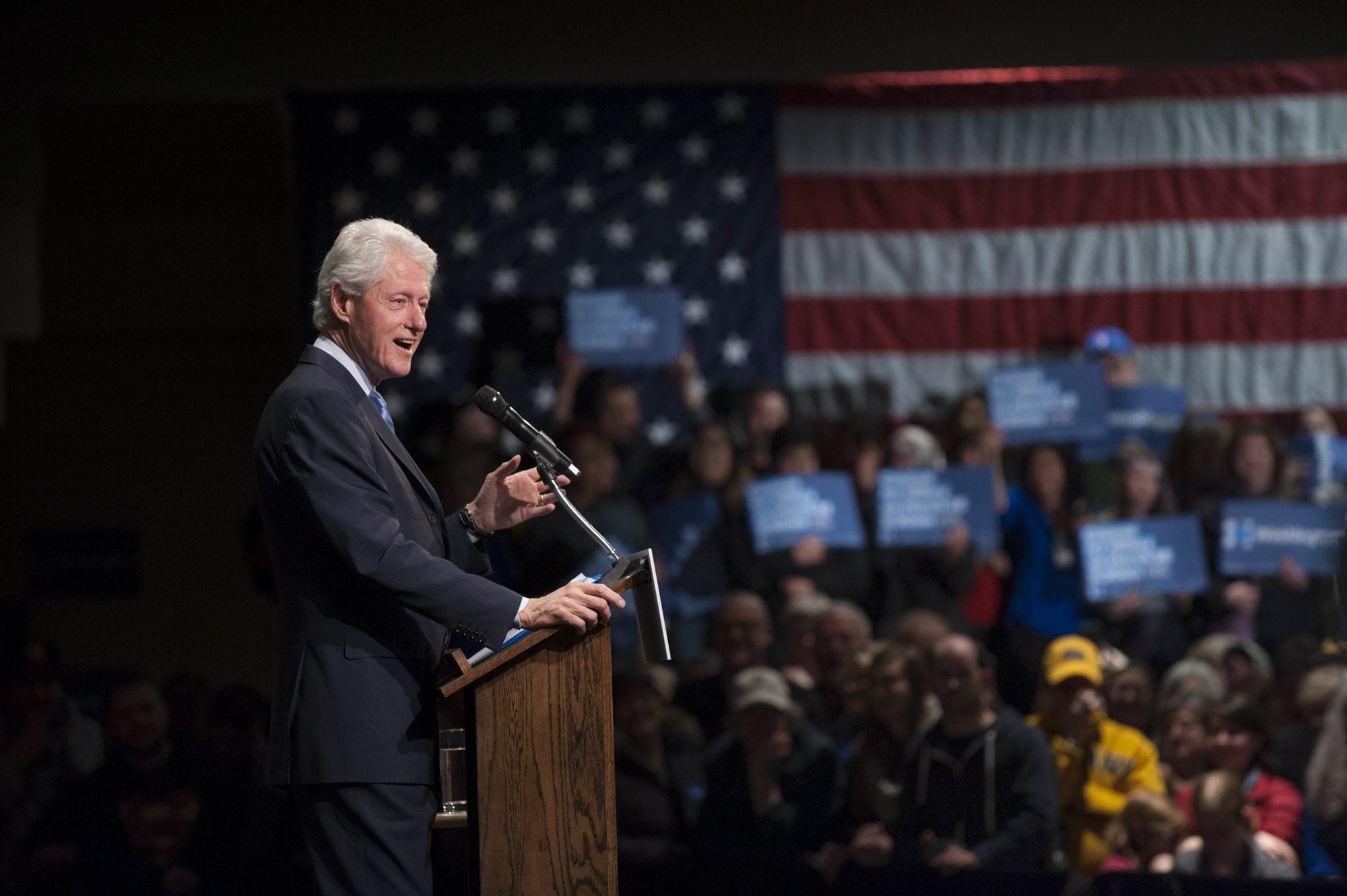This time, Bill Clinton’s visit did not involve fertilizer-related panic.
Clinton’s recent stop capped quite a two-day stretch of political campaigning in Clark County. Usually overlooked by presidential hopefuls, we got a double dose of Democratic pitching: Sen. Bernie Sanders on March 20 at Hudson’s Bay High School, followed March 21 by Clinton’s appearance at Clark College on behalf of Hillary Clinton.
It actually was Bill’s third visit here, and the sequence shows how the political climate has changed.
The Columbian’s list of presidential visits includes a Sept. 19, 1996, Officers Row appearance by President Clinton and Vice President Al Gore. The story adds this off-hand note: The two political headliners were accompanied by their wives.
Twenty years later, one of those wives just might become president.
Our 42nd president also came here on Feb. 14, 1996, to see flood damage in Woodland. Clinton helicoptered into Woodland’s football stadium, giving school district officials an inside look at presidential security.
In our 1996 story about Clinton’s visit, the football coach at the time described how “All our kids had to go through metal detectors.”
He watched as guys climbed up to the grandstand roof … guys with long black cases containing sniper rifles.
But the biggest jolt came when Secret Service agents checked out the men’s restroom at the stadium.
“They just about went ballistic,” a former district official told us. “That’s where our groundskeeper was storing two tons of fertilizer.” (Fertilizer was an ingredient in the Oklahoma City bomb.)
“Our groundskeeper had to move it to his garage at home.”
On the day of the 1996 visit, school buses were parked along each side of the stadium. That was to break up a sniper’s field of fire, the official was told. He wondered who would pay for the damage if someone put a bullet hole in a bus.
An agent explained that if someone fired a gun anywhere near the stadium, “We’re all going to have bigger things to worry about.”
Off Beat lets members of The Columbian news team step back from our newspaper beats to write the story behind the story, fill in the story or just tell a story.




